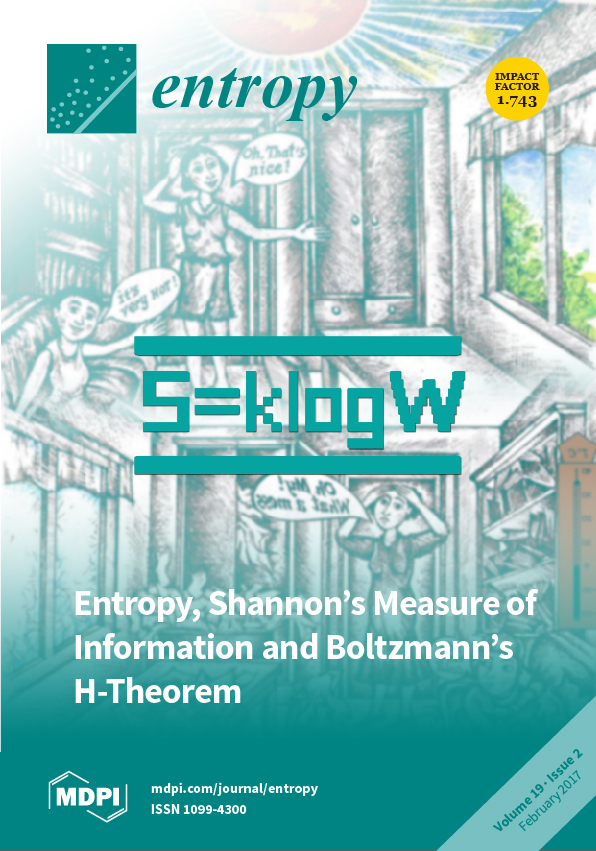This paper presents a novel theory and method to calculate the canonical labelings of digraphs whose definition is entirely different from the traditional definition of
Nauty. It indicates the mutual relationships that exist between the canonical labeling of a digraph and the
[...] Read more.
This paper presents a novel theory and method to calculate the canonical labelings of digraphs whose definition is entirely different from the traditional definition of
Nauty. It indicates the mutual relationships that exist between the canonical labeling of a digraph and the canonical labeling of its complement graph. It systematically examines the link between computing the canonical labeling of a digraph and the
k-neighborhood and
k-mix-neighborhood subdigraphs. To facilitate the presentation, it introduces several concepts including
mix diffusion outdegree sequence and
entire mix diffusion outdegree sequences. For each node in a digraph
G, it assigns an attribute
m_NearestNode to enhance the accuracy of calculating canonical labeling. The four theorems proved here demonstrate how to determine the first nodes added into
. Further, the other two theorems stated below deal with identifying the second nodes added into
. When computing
, if
already contains the first
i vertices
, Diffusion Theorem provides a guideline on how to choose the subsequent node of
. Besides, the Mix Diffusion Theorem shows that the selection of the
th vertex of
for computing
is from the open mix-neighborhood subdigraph
of the nodes set
. It also offers two theorems to calculate the
of the disconnected digraphs. The four algorithms implemented in it illustrate how to calculate
of a digraph. Through software testing, the correctness of our algorithms is preliminarily verified. Our method can be utilized to mine the frequent subdigraph. We also guess that if there exists a vertex
satisfying conditions
for each
, then
for
.
Full article


